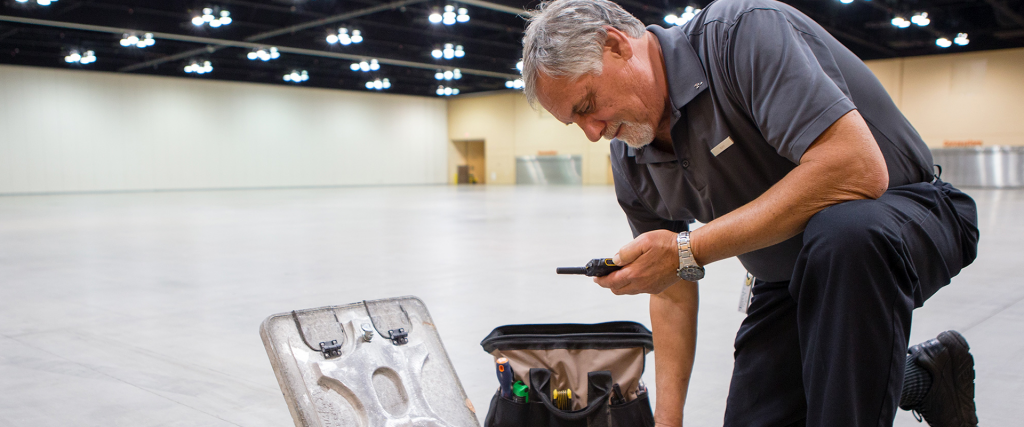When it comes to safety, there’s no room for weak two-way radio signals or dropped communication. In many large or complex structures, radio signals can struggle to penetrate walls, basements, or stairwells. That’s where BDA systems—Bi-Directional Amplifier systems—come into play. These solutions help boost radio communication in areas where signal strength is poor or non-existent, ensuring first responders can do their jobs without interruption.
In this post, we’ll look at what types of buildings typically need a BDA System, the square footage and structural elements that trigger requirements, and how BDA systems help meet emergency communication and compliance standards like the International Fire Code.
Why BDA Systems Matter for Safety
Let’s step back for a second—before we list which type of buildings need coverage, it’s worth asking: why does a BDA system matter in the first place? Picture an emergency. Things are loud. Time’s tight. Emergency responders show up and grab their gear, relying on public safety radios to coordinate. But if that connection fails—even for a moment—they lose more than a signal. They lose time. They lose clarity. Without reliable communication, things can spiral fast. That’s why strong, uninterrupted coverage isn’t a luxury. It’s a public safety lifeline.
A BDA system acts as a directional amplifier, picking up weak radio signals, boosting them, and redistributing them throughout the structure. This process strengthens both inbound and outbound transmissions—hence the term “bi-directional.”
Whether it’s a steel-framed warehouse, a concrete parking garage, or a multi-story office tower, communication matters. And that’s exactly what BDA systems provide—clear, consistent signal coverage.
Buildings That Typically Require BDA Coverage
1. High-Rise Buildings (Above 3 Stories)
2. Underground and Enclosed Facilities
Emergency crews often struggle with communication in areas below ground level. This includes:
- Parking Garages
- Tunnels
- Sub-Basements
- Utility Corridors
Because concrete, rebar, and other dense materials absorb or deflect signals, a directional amplifier is often the only way to establish and maintain contact with dispatch or outside teams.
3. Large Square Footage Structures (Over 50,000 Sq Ft)
As buildings sprawl outward, they introduce new signal challenges. In warehouses, manufacturing plants, convention centers, and sports arenas, radio signals can fade over long distances or fail to penetrate certain zones. For facilities exceeding 50,000 square feet, a BDA system is commonly recommended—or mandated—to meet emergency communication requirements.
4. Educational Institutions and Campuses
Colleges, high schools, and even large elementary schools often span multiple floors or include multiple buildings. In the event of a fire, threat, or medical emergency, uninterrupted communication between security, staff, and emergency responders is crucial. Installing BDA systems ensures that all areas of a campus—classrooms, gymnasiums, hallways, and stairwells—stay connected.
5. Healthcare Facilities
Hospitals, surgical centers, and large clinics rely heavily on emergency responder communication enhancement systems. Thick walls, lead-lined imaging rooms, and multiple floors can obstruct radio frequency transmission. To stay compliant and protect patients and staff, these facilities often deploy robust amplifier and antenna solutions that extend communication across all areas.
Code Compliance and Life Safety
The requirements for BDA systems are more than a best practice—they’re often a legal necessity. Fire codes, including the International Fire Code, now mandate emergency responder communication coverage in new construction and major renovations. Jurisdictions may conduct in-building radio coverage tests during building inspections to determine whether a system is needed.
In short, if a building prevents two-way radio signals from reaching key areas—especially areas where first responders are likely to operate—a BDA system is not optional. It’s a life-saving upgrade and a code compliance must.
Make Sure Your System Is Ready
The good news? Installing a directional amplifier and full BDA system doesn’t have to be disruptive or costly. With the right team, coverage issues can be identified and addressed quickly—long before there’s an actual emergency.
At RCS Communications, we specialize in evaluating building infrastructure, signal strength, and system readiness. From initial testing to final installation, our team makes sure your facility is fully equipped to support emergency communications.
Contact RCS Communications Today
If your facility fits any of the categories above, it may already be out of compliance with local or national codes. Don’t wait for a crisis to find out the communication coverage isn’t up to standard in your building. Contact RCS Communications today to schedule a free site assessment and find out whether a BDA system is the right solution for your building.
As an established provider for voice and data communications in Kentucky and Indiana for over 70 years, RCS Communications brings experience and a track record of communications innovation to the table. Their solutions span a wide range of applications—whether you’re looking for a site survey to enhance communication within a complex infrastructure or deploy robust data communication systems, RCS Communications has the expertise and technology to make it happen.
Contact RCS Communications TODAY!

